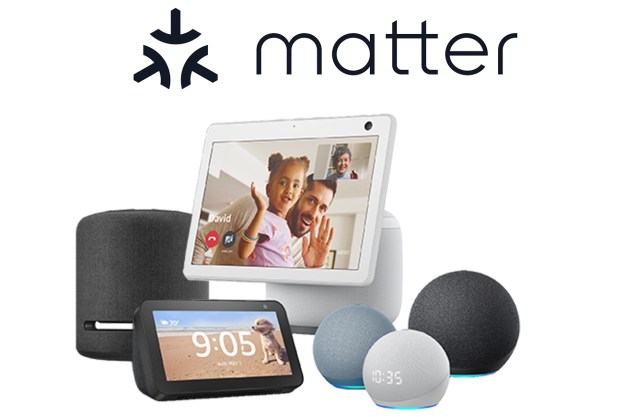
The prototype windows are made of conductive glass that are outlined with metal ions spread across the surface and block light as a response to electrical current.
“Sunglasses that automatically change color use photochromic class,” Professor Michael McGehee told Digital Trends, comparing the new material to the well-established technology. “While it is great that these glasses require no electronics or power, it is unfortunate that the user has no control over the tinting. Moreover, these glasses do not work inside of a car because they respond to ultraviolet light, which does not get through a car window. The tinting of our windows, and electrochromics in general, is controlled electronically — and the users can specify whatever level of tinting they want.”

Other companies are already selling self-tinting smart windows. However, these are typically expensive, have a blue tint, take more than 20 minutes to dim, and become less opaque over a period of time. Stanford’s windows feature a more neutral color, are cheaper to make, and do not degrade in the same way. When the windows are in clear mode, they allow 80 percent of surrounding natural light through. In dark mode, that figure drops to less than 5 percent.
“We are working on making larger windows,” McGehee said. “Literally making them larger is quite easy, but it is a challenge to have large windows switch quickly because the degree of tinting depends on the voltage, and there can be a voltage drop across a large transparent electrode. We also need to demonstrate that our windows are going to be stable under real-world operating conditions. We have shown that we can cycle the device between the transparent and dark states more than 5,000 times without any degradation, but we have not yet run tests to see what would happen to the device at relatively high temperatures over long periods of time, or under exposure to sunlight.”
The team is currently speaking with window, automotive, and aerospace companies about commercialization. While Stanford’s not the only university to be investigating smart tinting windows, this is certainly one of the most promising demonstrations we’ve come across.
A paper describing the research was recently published in the journal Cell Press.
Editors' Recommendations
- How to convert your window blinds into smart blinds
- Eve expands Matter lineup with smart outlet, light switch, and blinds
- Are smart blinds worth it?
- Fluid One gives you point-and-click control of your smart home, from your smartphone
- 7 ways to prep your smart home before you go on vacation


